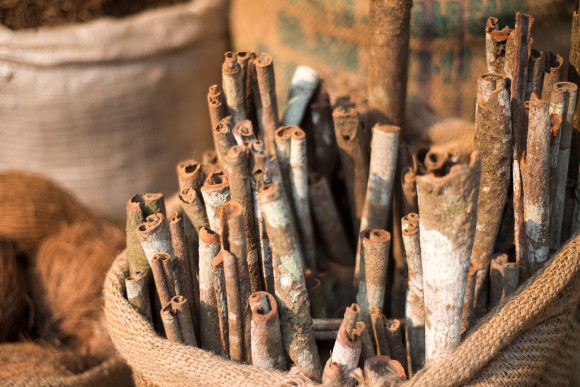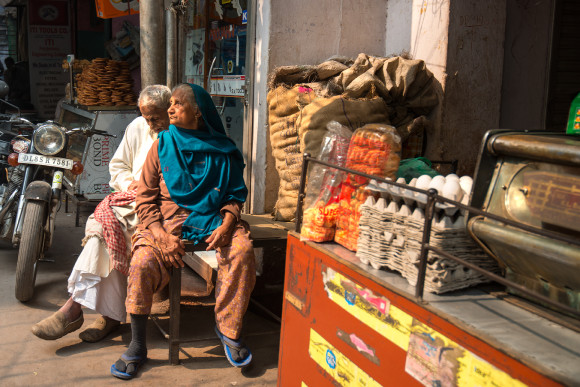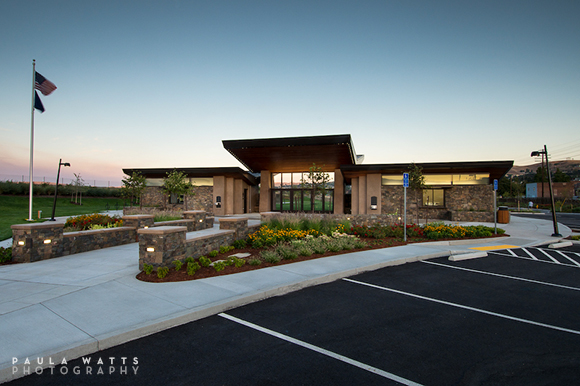Yesterday, I read a great little article by Real Simple called 10 Things Every Traveler Should Do. After thinking about the ins-and-outs of being a travel photographer, I decided to write a blog post for the traveling photographer in you. These tips are relevant whether you’re an expert photographer or novice, or whether you’re traveling to a tropical island, main city, or remote village.
{All the images seen below are from my recent excursion to Delhi, India and taken during a 2 hour window of time. I hope you enjoy.}
5 tips for the traveling photographer
1. Let jet lag become your friend.
Say what!? I mean it. Instead of lying awake at 4am, staring at your ceiling fan, get moving! Explore the streets with your camera while rarely-seen, early-morning life happens. Not only is the light buttery and soft, but you are bound to see something that few other travelers will see.



2. Walk the city with your camera or take the local transport.
Where I’d never recommend walking down a dark alley where you might not feel comfortable, there are some incredible things to see and photograph when you get off the main strip. Sometimes (okay, most often) that means walking down that little side street or taking the unbeaten path. This first image was captured off the main road in the old city, where life was a little calmer, and there was a chance to really take my time photographing people.
Plus, I found the BEST chapatti (flat Indian bread) from an outdoor vendor that sticks the bread to the walls of a clay oven beneath him. I would have never otherwise experienced this little piece of heaven if I didn’t let myself roam.


3. Get low.
As you are on foot, noticing and observing life around you, don’t just snap scenes from the same angle. Physically getting lower to the ground can help create a more intimate image, even on a busy street.


4. Shoot from the hip (or higher) to get something unique.
If you really want to capture something different, try shooting from your waist or above your head. Photographing from your waist will ensure you don’t disrupt real life moments. Nothing says “stop what you’re doing and smile for the camera” like a big lens pointed right at you. Shooting from your waist can help avoid loosing the realness of your scene as people carry on in a normal fashion. It may take a few tries to get it right, but usually worth the effort. Shooting from above your head might seem silly, but I have come to love the results. This technique really gives a unique perspective, and allows you, as the photographer to get an image that you might not have otherwise thought to capture. Take this scene for instance. From the perspective of my rickshaw, I had very limited visibility, but from over-head, I was able to capture a typical Delhi street scene from a unique vantage point.

5. Tell a story or find a theme.
Drinking chai is a quintessential part of life for most Indians. It happens often, and it happens pretty much anywhere. Capturing a few images during my walk that relates to the making and enjoyment of chai lends for a nice story to fully capture this part of Indian culture. If possible, shoot a diversity of imagery, ranging from wide angles to close details. It helps your audience feel more connected and have a better understanding of these real life moments. Don’t be afraid to interact and ask for portraits too.




BONUS TIP:
Don’t be rude. Respect the culture. Although I would like to think this little bonus tip would go without saying, you’d be surprised. On a recent trip to Nepal, I was walking around the famous Boudhanath (Boudha) stupa, when I noticed a very interesting thing happen right in front of me. An elderly Tibetan nun was doing her circumambulations around the stupa (holy, prayerful walk in a clockwise direction) when a young tourist came up to her face with his camera and snapped a photo. There was no interaction, no asking of permission, and no thank you afterwards. As I was thinking how rude this was, the scenario that followed was priceless. As the young guy happily walked off, obviously pleased with his new photo, the old woman shot her walking cane up in his direction as if trying to whack him with it. She was so displeased that she kept trying to catch up with him, despite her slow limp, and continued to wave her cane in protest. The young man was clueless.
//Keep this discussion going. I’d love to hear if this information was helpful or if you have any travel photography questions or suggestions you would like to share. Feel free to comment below.//





























